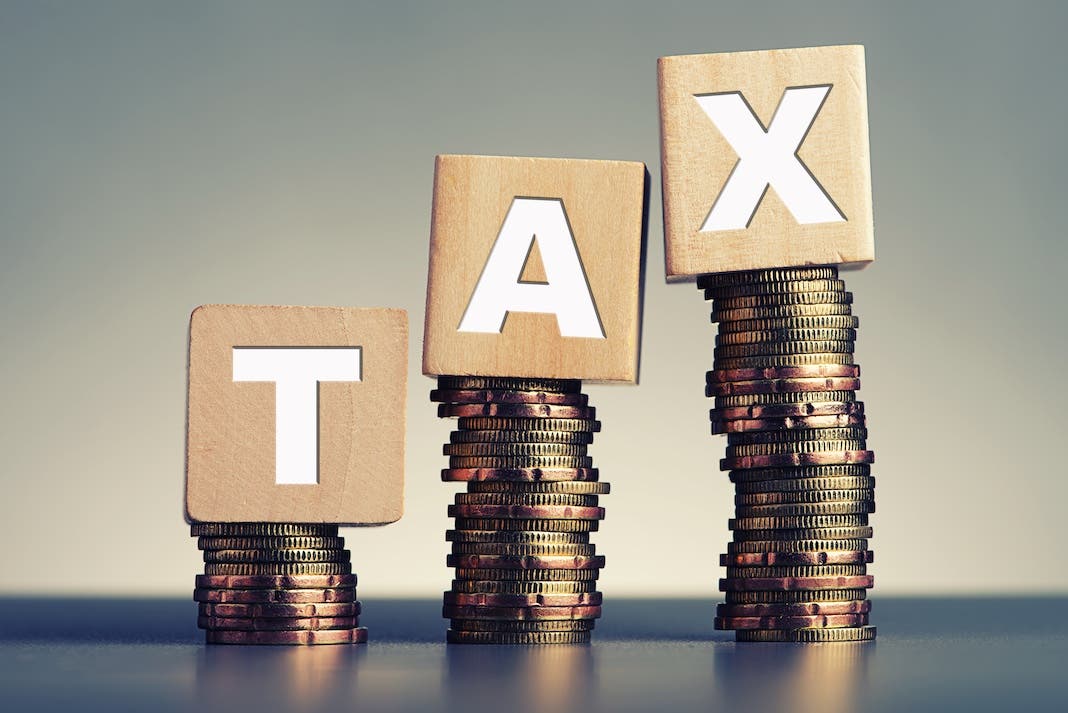In this three part series “Grow Your Freelance Business”, we’ve covered two very fundamental topics: budgeting and business deductions. Now we’re going to explain to you the reason why most creative freelancers and entrepreneurs generally pay more in taxes — and how you can avoid this.
Picture this. It’s tax season. You’re sitting there, two weeks from the tax filing deadline. You still haven’t filed yet. You keep reminding yourself, “I’m going to sit down this evening and get my crap together.” Sound familiar yet?
10pm rolls around, you’re tired, and you have no motivation to get your tax paperwork done. You keep procrastinating cause you know it’s going to take you a while to get everything together and send to your tax preparer. Oh the misery.
When you finally get around to filing your return, you open up the results and your heart sinks — you owe money. How could that be? You were positive you paid a fair amount of taxes this year with your company. Why do you owe taxes? Turbotax and H&R block certainly won’t tell you.
What are self employment taxes?
Simply put, Self Employment taxes (SE tax) are taxes that an individual has to pay if they make money outside of traditional employment with a company. SE tax is the Social Security and Medicare tax everyone is required to pay. The SE tax rate is currently 15.3%.
From selling prints online, receiving money for a wedding film, running sound for an event, all of these activities are considered income generating, which means all of these will be subject toSelf Employment tax.
This even includes contracting jobs where you end up with a 1099. A 1099 only reports the amount of income you have been paid; you are still required to pay taxes on the your total income. No matter how, or from whom, all income that you receive is considered taxable and subject to Self Employment tax.
Working for yourself
When you work for someone else, at the end of the year you generally receive a W2. If you look closely, you’ll see you paid a certain amount of tax for Social Security and Medicare.
The tax you paid is called “withholdings”. The employer, on your behalf, withheld the tax from you every pay check and sent it to the IRS. In addition to withholding taxes from your check, they also had to pay half of the SE tax rate 15.3%, which would make 7.65%.
If you work for yourself, or you work for someone else, 15.3% of what you make is required to be taxed and sent to the IRS. However, if you work for someone else, almost always will the company pay half of what you are obligated to pay for SE tax (hence why the employer pays 7.65% and you pay the other 7.65% notated on your W2).
Now, if you are a Sole Proprietor or an LLC, there is no one to pay the other 7.65% of SE tax but you. So at the end of the year, not only do you have to pay your standard federal taxes, but you have to pay 15.3% of Self Employment taxes as well! This is why many freelancers get hit with a larger tax bill than you would if you worked for a corporation.
Bogus, right? It’s already hard enough to work for yourself. Trying to make a living freelancing is no joke. Paying additional taxes on top of that isn’t either…
The light at the end of the tunnel
In most scenarios, there is a way you can avoid having to pay most of that enormous 15.3% tax at the end of the year — it’s called an “S-Election”. Generally speaking, owners of LLC’s and Corporations can elect to be taxed with an “S” status. This status is not automatic — it is an election you can achieve by having a professional fill out certain forms on your behalf. Most of the time simply having an LLC doesn’t grant you automatic “S” status.
Now, hang in there, because here comes the important part. “S” status gives your entity — among many unique benefits — the ability to take income in the form of a distribution. To break it down, distributions are portions of your income that can go straight into your pocket without being hit with self-employment taxes. That’s right, with an “S” status, the 15.3% tax that you pay at the end of the year is not something you have to worry about for a large portion of your income. This is an amazing benefit for freelancers, and can help you keep more of that hard-earned money!
At Terms and Conditions, we are passionate about enabling your business to thrive. We’ve seen time and time again how taking advantage of the S-Election can equip your business to save those precious finances and actually be able to sew them back into what you love.
Through our specialized coaching, we can guide you through the necessary steps of making an S-Election; putting more money in your pocket! Our trained coaches are always available to answer questions, so feel free to send us a text, or call: 678-713-4855.
(If you’d like to know more about S-Corps or LLCs, click here to download our free ebook on business structures!)






